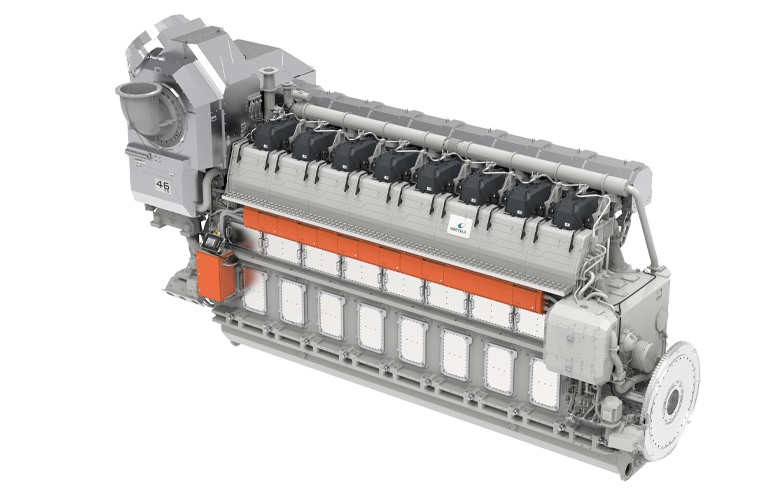Solar grazing supports healthier soil, food for sheep, says American Solar Grazing Association
Solar sheep grazing helps to create a beneficial dual-use environment, found American Solar Grazing Association in a two-year study conducted at 31 different solar sites.
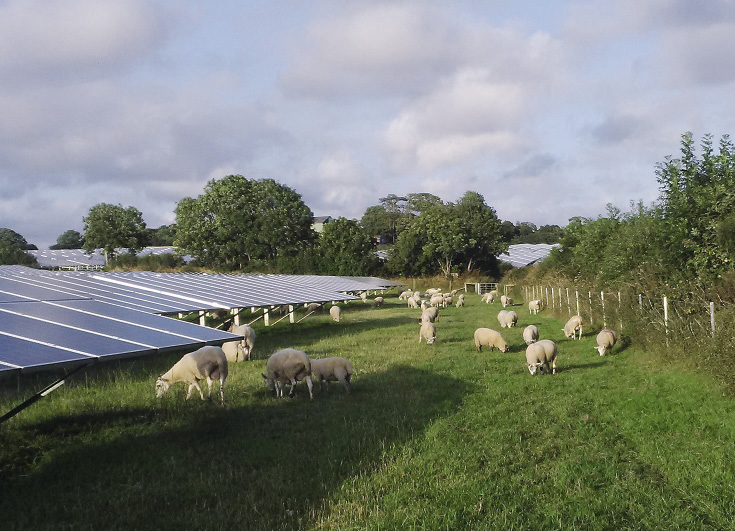
Solar sheep grazing helps to create a beneficial dual-use environment, found American Solar Grazing Association in a two-year study conducted at 31 different solar sites.
From pv magazine USA
Solar grazing makes healthier soil on Northeastern solar projects, research from the American Solar Grazing Association (ASGA) found.
The two-year study began in 2022 and aimed to examine the impacts of solar sheep grazing in soil health, forage and pasture conditions. The research included 28 grazed and three non-grazed commercial solar projects in the Northeastern United States, the majority of which were previously cropland.
As sheep graze, they trample manure, urine, seeds and plant matter into the earth, Lightsource bp said. “The plant matter decomposes, and together with the animal waste, it fertilizes and rejuvenates the soil. Healthier soil grows healthier vegetation for the sheep to eat, and the cycle continues.”
To measure these impacts, ASGA collected data on soil carbon, soil compaction, the variety of species, plant nutrition and other environmental factors both before and after the 2022 and 2023 grazing seasons.
Three key findings:
- Solar grazing supports healthier soil.
- Solar makes healthier food for sheep.
- Solar grazing may improve pasture quality over time.
According to Lightsource bp, one of the solar project owners that participated, the study was the first to use the U.S. Department of Agriculture pasture condition scorecard, which assigns a high “pasture condition score” to fields that are quality places to raise livestock.
Solar grazed sites tended to have higher soil organic matter than non-grazed sites, with values of 4.14% and 3.70% respectively. Soil pH was significantly higher in grazed sites, with an average of 6.20 compared to 5.81 in non-grazed sites, which the researchers said demonstrates the potential for solar grazing to improve solar site soil health.
The researchers also found that crude protein was consistently significantly higher underneath the solar panels for all seasons and years, while better digestibility was seen in areas under the solar panels in Fall 2023.
While not statistically significant, the researchers noted that pasture condition scores increased between 2022 and 2023, “suggesting that sheep grazing may have the potential to improve solar site pasture quality over time.”
(See also: The economics of solar grazing)
Among the solar projects studied was Lightsource bp’s Nittany 1 project in Pennsylvania, where sheep graze across the project’s three sites. Lightsource bp seeded the sites with a mix specifically formulated by ASGA, in partnership with Ernst Conservation Seeds and Pollinator Service. The seed mix, “Fuzz and Buzz,” was designed to support sheep and pollinators at solar sites, Lightsource bp said.
The findings are promising for the field of agrivoltaics, the practice of co-locating solar facilities and agricultural production. Typically, the solar facilities are designed with raised profiles so that tractors and animals can pass under them, or by placing gaps in between rows to allow for co-located agricultural and solar production.
The research was funded by the New York State Energy Research and Development Authority (NYSERDA), while the American Farmland Trust led the technical aspects of the research design.
“Scientists and soil health specialists from AFT contributed to the initial study sampling design and data analysis methods to ensure they meet standards for scientific peer review,” Alissa White, American Farmland Trust’s New England deputy director, told pv magazine USA. “As an agroecologist with a PhD in in soil science, I am committed to research furthering our understanding of agroecosystem dynamics.” She noted that the preliminary analysis conference proceeding and forthcoming article are both peer-reviewed and said American Farmland Trust is “invested in this kind of research to better understand the potential benefits and tradeoffs for farmers.”
“This research is exciting because there isn’t much research evaluating agrivoltaics,” White said. Our study demonstrated that there are some benefits to perennial forage quality from solar panels. The increase in crude protein content is consistent with other research on the impacts of shade on perennial forages, especially among the cool-season grasses common in the northeast. There may be some decline in total dry matter yield in this system and we are hopeful future research will explore that.”
She added, “Our study also found that the introduction of grazing in solar panel systems enhances some soil health parameters, like organic carbon content, but may negatively impact other aspects of soil health, such as aggregate stability.”
What's Your Reaction?















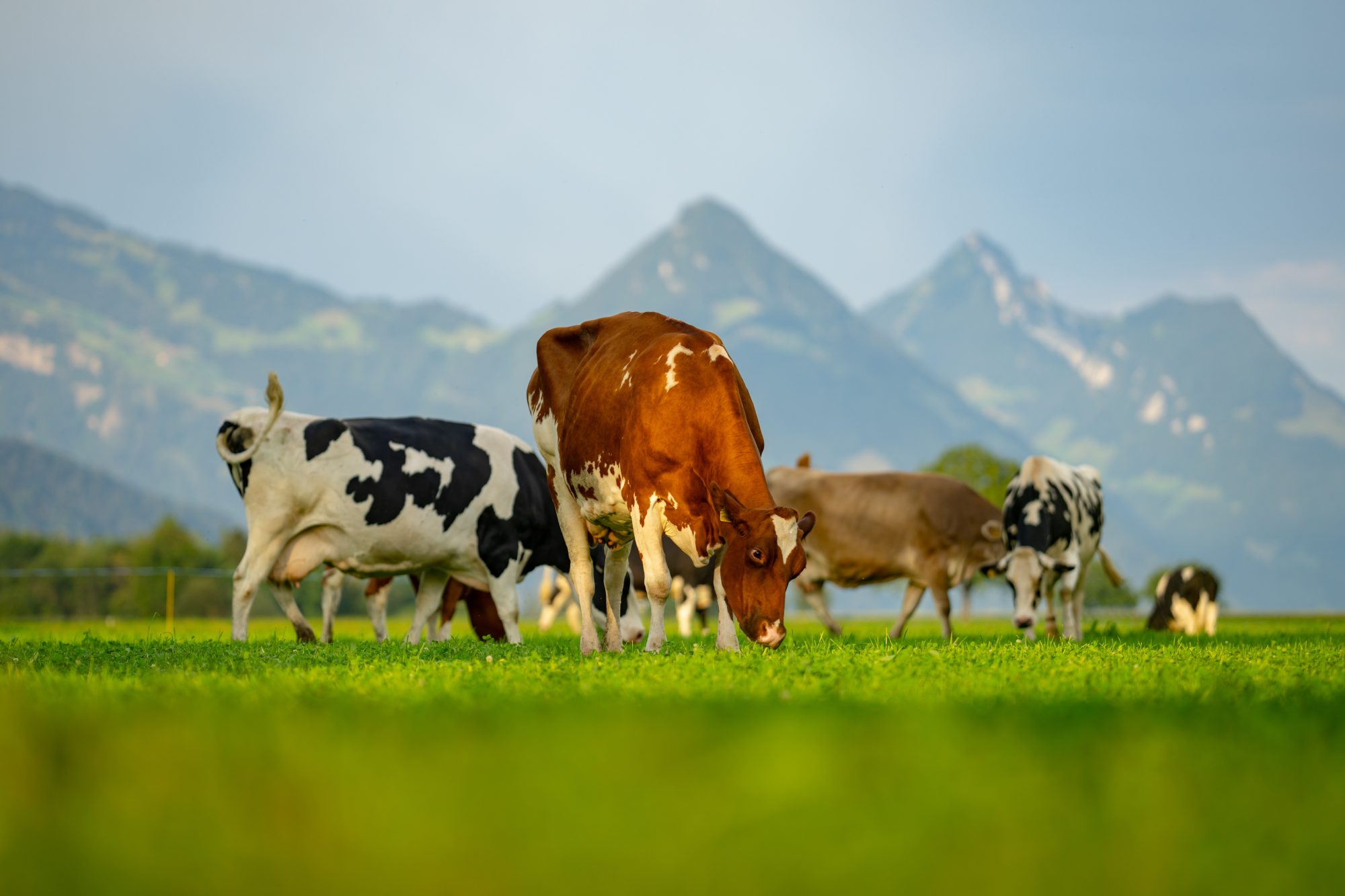
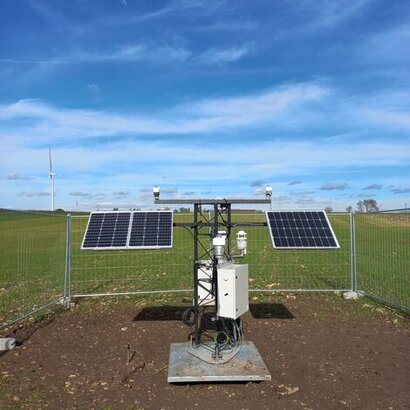
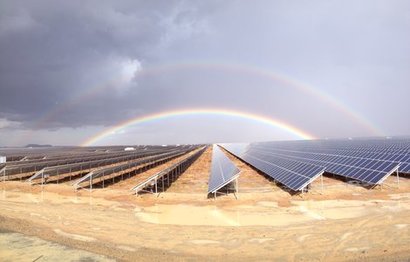
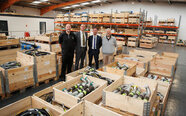








![[Upcoming Webinar] Addressing the Wind Industry's €25 Billion Annual Wake Loss Problem](https://www.windesco.com/hubfs/Swarm%20webinar%20cover%20image.png)







